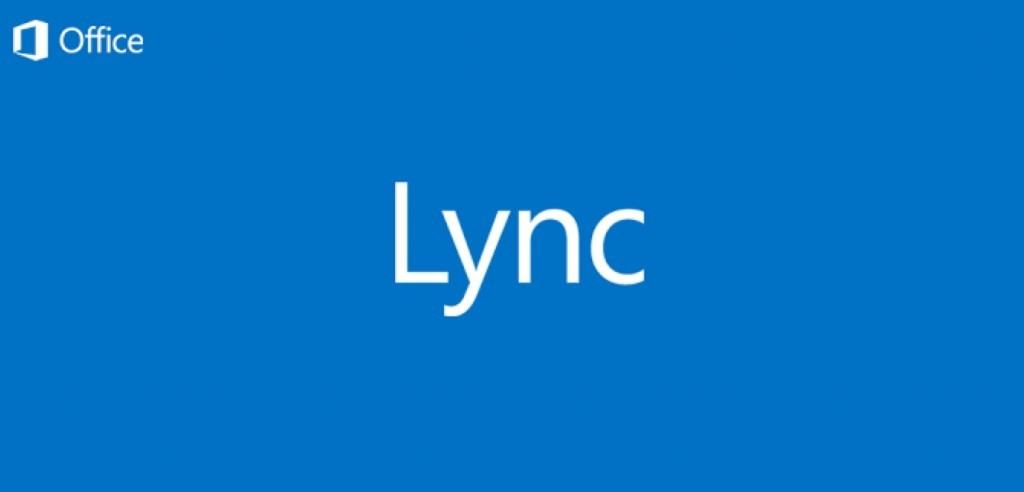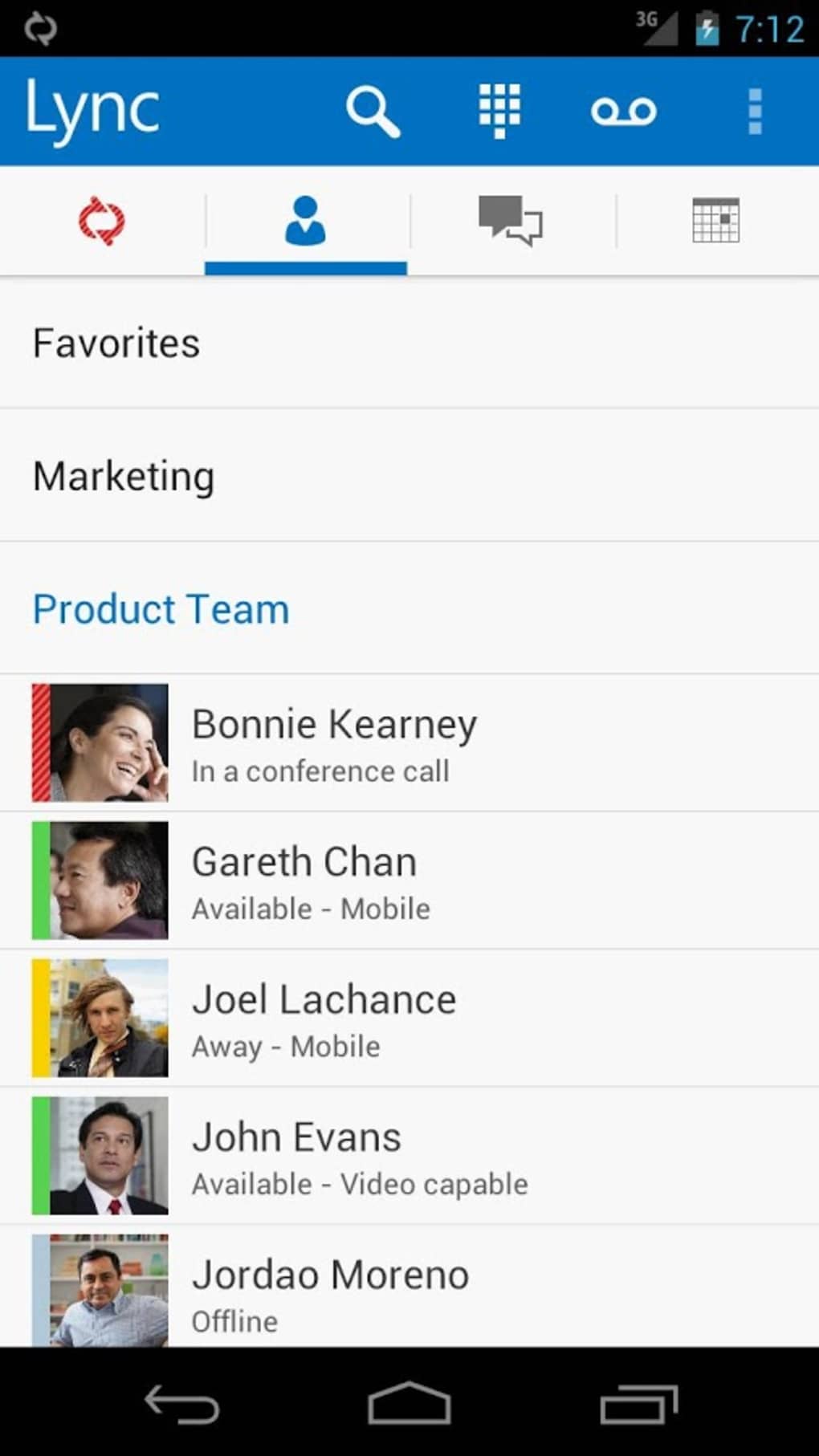Microsoft lync free download - Microsoft Office 2011, Microsoft Office 2008 update, Microsoft Office 2016 Preview, and many more programs. For a list of supported operating system and browser combinations, see Supported platforms for Lync Web App. To download Silverlight, visit the following Web site: Download Microsoft Silverlight. With these requirements in place, you’ll be ready to get started. To learn how, see Quick Start: Participate in online meetings with Lync Web App.
- Microsoft Teams with a Microsoft 365 subscription is the latest version of Lync. Previous versions include Skype for Business 2016, Lync 2013, Lync 2010, and Lync 2007. Microsoft Teams is compatible with Windows 10, Windows 8.1, and Windows 7.
- If your organization uses Lync, you can download a Microsoft Lync 2013 app for your mobile device to stay connected on the go. For a list of features supported on each mobile device, see the Mobile Client Comparison Tables in the Microsoft TechNet library. For known issues, see Lync 2013 known issues and go to the Lync Mobile (release) section. This page lists the mobile devices for which.
- Lync 2013 free download - Lync, Skype for Business (formerly Lync 2013), Skype for Business (formerly Lync 2013), and many more programs.
Topic Last Modified: 2014-11-12

To ensure that you have the latest version of Lync client, check out this frequently updated list of all client release versions for Microsoft Lync 2013.
Determining your Lync desktop client version
Lync 2013 Download 64 Bit For Mac
To find out which version of Lync desktop client you are using, open the About Lync dialog by clicking the options icon. On the Options menu, select Help and then select About Microsoft Lync. The client version number is usually displayed in the first line on the About Lync dialog.
Lync client updates
One of the most common checks that to do when troubleshooting Lync client issues is determining whether you are running the latest version of the Lync client and if all patches are installed. A majority of the Lync client issues that get reported are resolved by upgrading to the latest release or update of the product. Thus, we highly recommended that you install the latest version of the Lync client, along with the latest updates, before you contact Microsoft Product Support. This article will help you identify the correct release version number.
Each update for Lync client has its own version number. You can determine the version number associated with an update by looking at the related KB article, linked to in the following table.
Lync Server Updates
For information about updates for Lync Server 2013, see Updates for Lync Server 2013 on the Microsoft support web.
-->Topic Last Modified: 2016-02-25
This section summarizes software support for Lync 2013 and the Online Meeting Add-in for Lync 2013.
Note
The Online Meeting Add-in for Lync 2013, which supports meeting management from within the Outlook messaging and collaboration client, installs automatically with Lync 2013.
Software Requirements for Lync 2013 and the Online Meeting Add-in for Lync 2013
| System component | Minimum requirement |
|---|---|
Windows Operating system | Windows 10 Windows 8.1 Windows 8 Windows 7 operating system Windows Server 2008 R2 with latest service pack Note Lync 2013 and the Online Meeting Add-in for Lync 2013 are not supported on Windows Vista or Windows XP (any version). |
Installation and updates | Administrator rights and permissions |
Browser | Internet Explorer 11 Internet browser Internet Explorer 10 Internet browser Internet Explorer 9 Internet browser Internet Explorer 8 Internet browser Internet Explorer 7 Internet browser Mozilla Firefox web browser Note If you are using Lync with Microsoft Exchange Online and your organization has deployed an authenticating HTTP proxy, Internet Explorer 9 or Internet Explorer 8 is required. |
Microsoft Office Integration | For the full set of integration features:
|
Microsoft Exchange Integration | For the full set of integration features:
|
Macintosh Operating Systems
Lync 2013 Trial Download
Lync 2013 is available only for Windows. However, Lync Server 2013 supports the following clients on computers that are running Mac OS 10.5.8 or latest service pack or release (Intel-based) operating systems (Mac OS 10.9 operating system is not currently supported). For details about supported features, see Client comparison tables for Lync Server 2013.
Microsoft Lync for Mac 2011 (see “Lync for Mac 2011 Deployment Guide” at https://go.microsoft.com/fwlink/p/?LinkId=268786)
Microsoft Communicator for Mac 2011 (see “Communicator for Mac 2011 Deployment Guide” at https://go.microsoft.com/fwlink/p/?LinkId=268787)
Lync Web App Browsers
Lync Web App supports specific combinations of operating systems and browsers. For details, see Lync Web App supported platforms for Lync Server 2013 in the Planning documentation.
Microsoft Office Supportability

Lync Server 2013 clients support integration with various versions of Microsoft Office, as summarized in this section.


Lync 2013 integration features are supported on Outlook 2013 and Microsoft Outlook 2010.
Lync 2013 integration features are supported on Microsoft Exchange Server 2013 and Microsoft Exchange Server 2010.
The Online Meeting Add-in for Lync 2013 is supported with Office 2013 and Microsoft Office 2010.
Using Mandatory Profiles
If users are planning to use Lync 2013 conferencing features, they should not use Active Directory Domain Services mandatory profiles to sign in to the Lync 2013 client. Because mandatory profiles are read-only user profiles, the public key infrastructure (PKI) keys that are required for Lync 2013 conferencing cannot be saved to the profile. For details, see Microsoft Knowledge Base article 2552221, “Lync 2010 conferencing feature fails when the user is signed in using a mandatory user profile,” at https://go.microsoft.com/fwlink/p/?linkid=3052&kbid=2552221.

See Also
Lync client hardware support in Lync Server 2013
Lync client video requirements for Lync Server 2013
Supported clients from previous deployments in Lync Server 2013